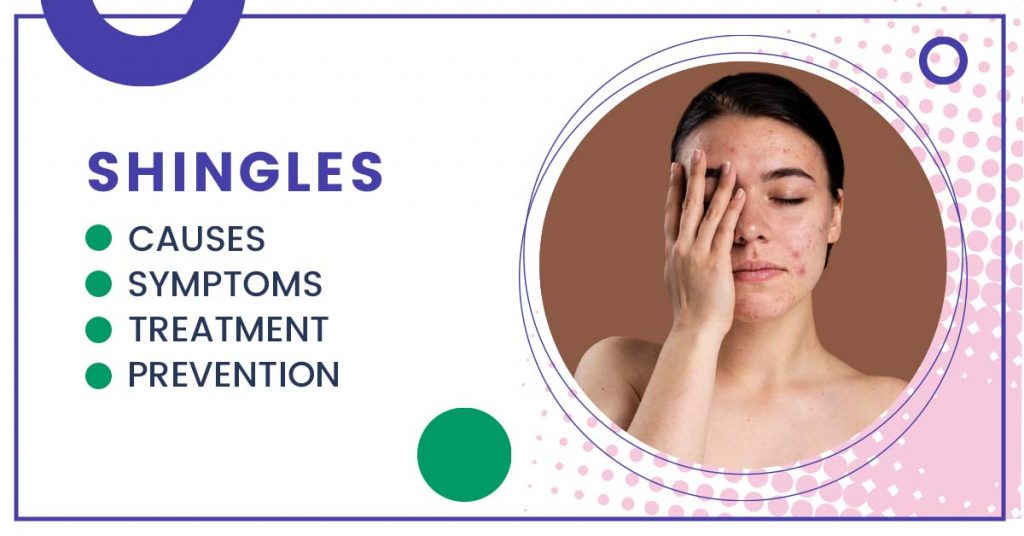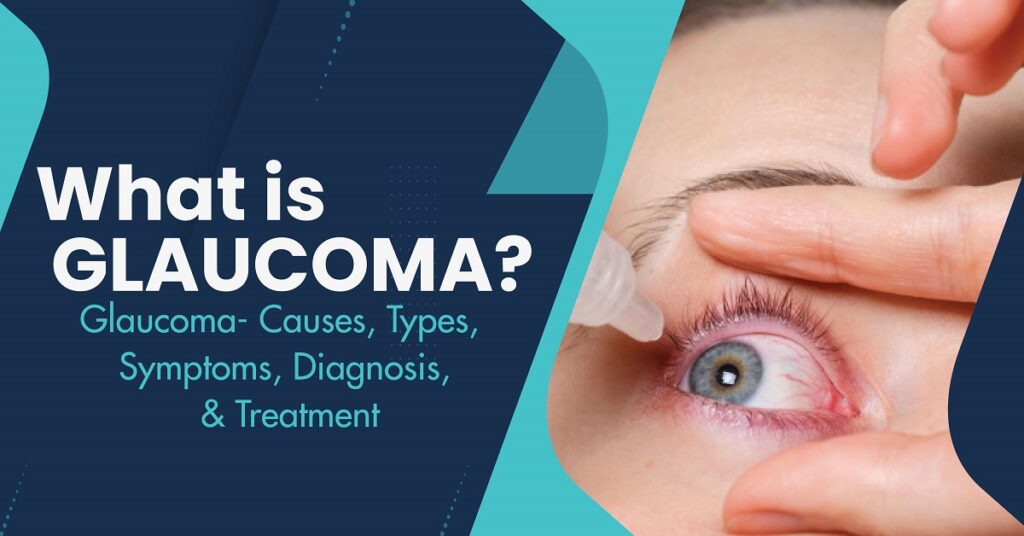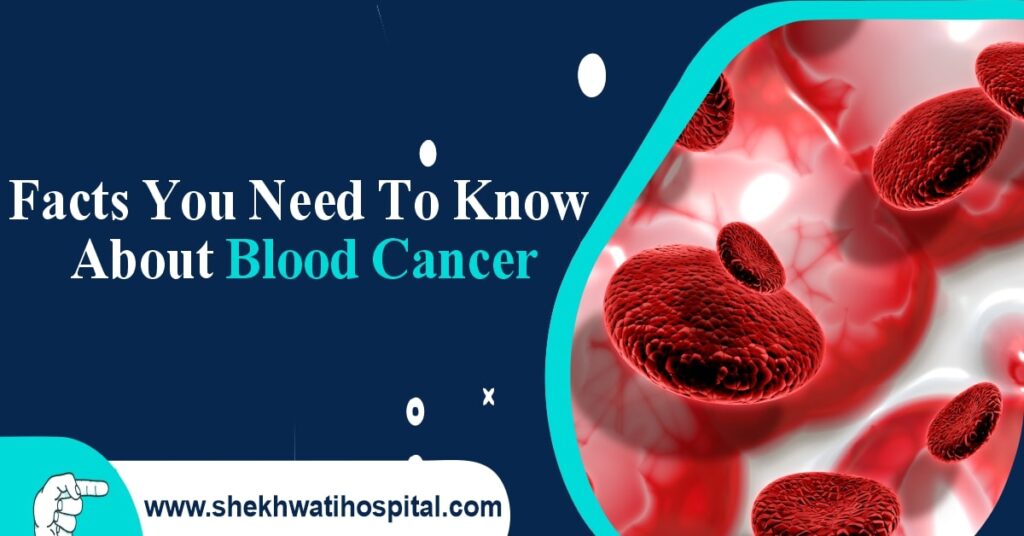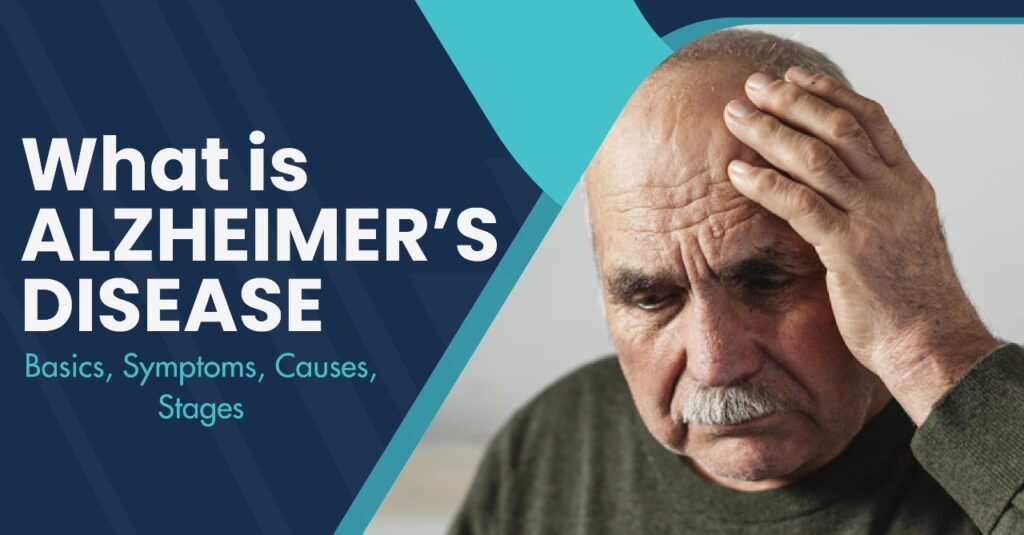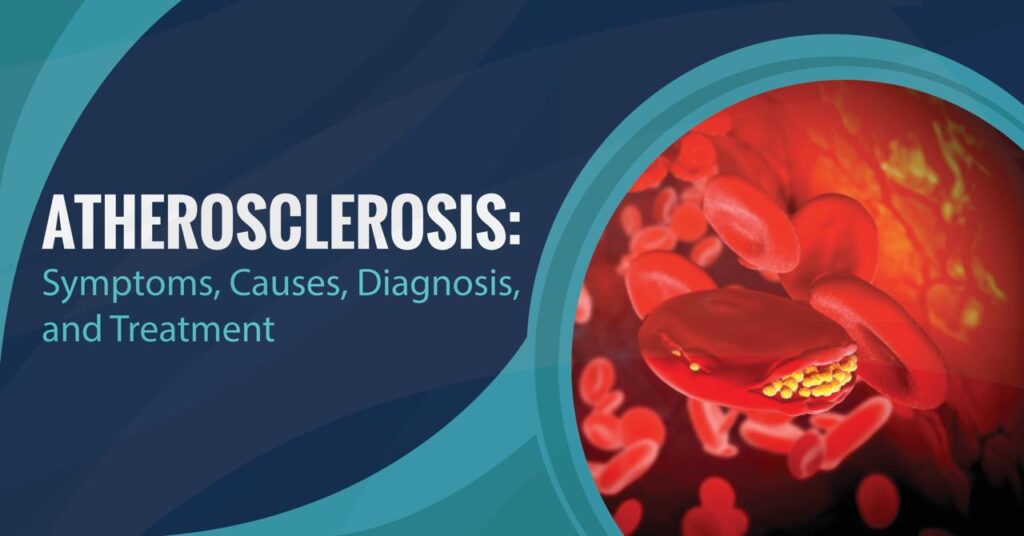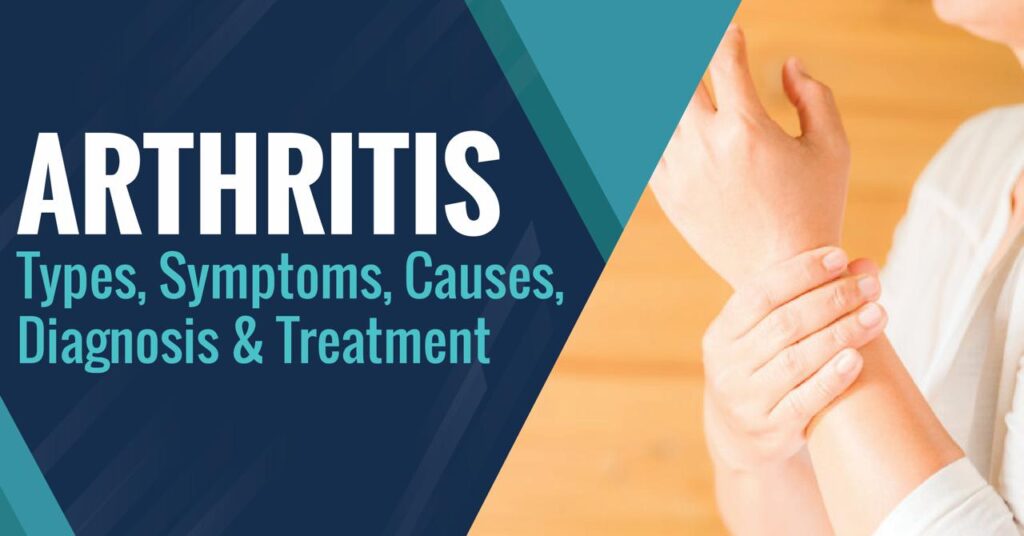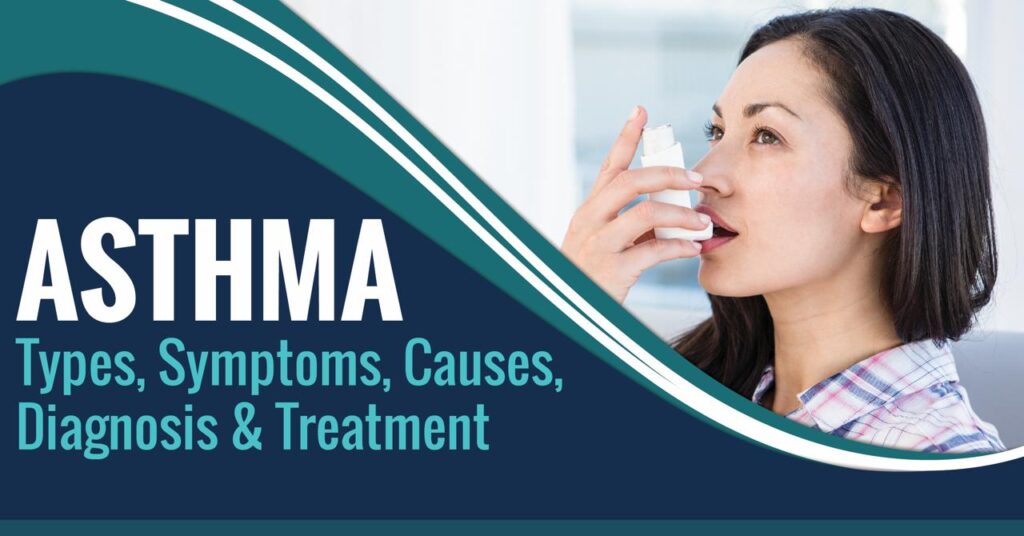What is Shingle?
Shingles are a side effect of the varicella-zoster virus, which also causes chickenpox. The chickenpox virus stays dormant for years in your nervous system before it reactivates as shingles.
As well as shingles, herpes zoster is also known as chicken pox. A red rash on the skin can cause burning and pain caused by this type of viral infection. Blisters typically appear on one side of the body, most commonly on the face, neck, or torso.
It usually takes 3 to 5 weeks for shingles to clear up. One in three Americans will experience shingles at some point in their lives. There is a possibility that the same person may develop the condition again, especially if they have risk factors for it.
Symptoms of Shingles
It is usually one side of the body that is affected by shingles. Usually, this occurs around the waist, chest, abdomen, or back. In addition to the face, eyes, mouth, and ears, symptoms can also appear on the skin. In addition to affecting some internal organs, the virus can also cause infections.
Dorsal root ganglions, which are sensory nerves near the spinal cord, are commonly affected by shingles. It is for this reason that symptoms manifest in specific body parts rather than across the whole body.
Instead of being caused by the rash itself, the pain is caused by nerve involvement. The nature of symptoms varies based on where they appear on the body.
Early symptoms of shingles may include:
- Feeling tired.
- Sensitivity to light
- Fever
- Chills
- Headache
- Stomach upset
In addition to the early symptoms, there are a few other signs and symptoms that may appear a few days later.
- You may experience an itching, burning, or tingling sensation on your skin.
- You will experience redness on the affected part of your skin.
- Symptoms include a raised rash on your skin.
- Breaking open then scabbing over fluid-filled blisters.
- Skin affected by this condition may experience mild to severe pain.
Causes of Shingles
Chicken pox and shingles are caused by the varicella-zoster virus, which belongs to the herpes family. The virus that causes cold sores (oral herpes) and genital herpes are also included in this category.
Although varicella-zoster causes cold sores and genital herpes, it is not the same virus that causes varicella. Infection with herpes simplex 1 or 2 leads to oral and genital herpes.
Shingles can be contracted after having chicken pox. The varicella-zoster virus is primarily found in the spinal cord and cranial nerves after chickenpox has passed. A shingles rash appears on your skin when the virus reactivates, traveling along nerves.
Stages of Shingles
There are four stages of Shingles which are described below:
1. Tingling pain or numbness
A particular area of your body may feel different before anything appears on your skin during the first stage of shingles. Symptoms of shingles outbreaks include itchiness, burning, and pain. There is often only one side of your body that feels this.
Individuals may experience different symptoms of shingles at the beginning. Some people with shingles experience intense sensitivity, making it painful to even wear clothing over their skin, while others may experience numbness all over their bodies.
2. Burning feeling and red rashes
Your skin will develop a red rash between 1 and 5 days after you first feel tingling or numbness. There is a tendency for the rash to appear on one side of your torso, but it can appear anywhere on your body.
A rash may also be accompanied by other symptoms, such as:
- Headache
- Fever
- Bad stomach
It is important to seek medical attention right away when the rash appears. If you begin treatment within 3 days of noticing a rash, you are less likely to develop complications, such as long-term pain.
3. Blistering
The rash will start to form painful blisters filled with fluid a few days after it appears. Infectious amounts of varicella-zoster virus can leak from these blisters when they break open.
Someone who does not have chickenpox can get chickenpox if they touch this liquid. You will not be at risk of catching the virus if you have already had chickenpox or the chickenpox or shingles vaccine.
In general, shingles cannot be passed from one person to another, although it is possible. It is very rare to contract chickenpox today since most people either had chickenpox as a child or have been vaccinated.
4. Blisters crust over
It takes two to ten days after the rash stage of shingles begins for blisters to dry up and leave behind yellow, crusty scabs. The crusting over of the blisters means the rash has become non-contagious.
You can Read Also: Hepatitis: What are Hepatitis, Types, Symptoms, Causes, and Treatment
Risk factors Of Shingles
The risk of developing shingles is higher for those who have ever had chickenpox. It is estimated that 80% of Americans had chickenpox as children. Before chickenpox vaccinations became routine, children were not protected against chickenpox.
You may be more likely to develop shingles if you have the following factors:
- Developing shingles becomes more likely as you get older. People over the age of 50 are most likely to develop shingles. It is also more likely for people over the age of 60 to suffer more severe complications.
- Some diseases. HIV/AIDS and cancer can weaken the immune systems, making you more likely to develop shingles.
- Cancer treatments. Shingles may be triggered by radiation or chemotherapy which lowers your resistance to diseases.
- Some medications. You may be more likely to get shingles if you take drugs that prevent organ rejection after transplantation. Using steroids for a long period, such as prednisone, may also increase your risk.
When to see a doctor?
Infections can be less severe and last less time if they are treated after the onset of symptoms. The risk of developing serious complications is especially high for people over 60 and those with weakened immune systems.
In the case of a rash spreading to other parts of the body or other symptoms such as high fever, a medical consultation is recommended.
Additionally, those who develop a rash near their eyes should seek medical attention immediately, as this could be an indication of HZO. Leaving it untreated can cause scarring, vision loss, and permanent eye damage.
How are Shingles Diagnosed?
During a medical exam, your doctor inquires about your history of chickenpox. If your doctor is unable to identify shingles from the skin rash, they may take a sample of the fluid from your blisters for testing.
If you’re getting ready for an organ transplant, have a weakened immune system, are at high risk for problems, or are starting a medicine that suppresses immunity, a diagnosis is very crucial.
Shingles tests include:
- A blood sample is used in an antibody test to look for antibodies that your immune system produces when battling a virus. Antibodies indicate chickenpox exposure.
- If a virus is present in the rash, it can be detected with a viral detection test.
Complications of Shingles
Complications from shingles are as follows:
- Postherpetic neuralgia. Some patients experience shingles pain well after the blisters have healed. The name for this condition is postherpetic neuralgia. It happens when injured nerve fibers cause pain signals to travel from your skin to your brain in a jumbled, excessive manner.
- Vision loss. Ophthalmic shingles, often known as eye shingles, are painful eye diseases that can impair eyesight.
- Neurological problems. Inflammation of the brain (encephalitis), facial paralysis, hearing loss, and balance issues are all potential side effects of shingles.
- Skin infections. Blisters from shingles may get infected with bacteria if they are not adequately treated.
You can Read Also: Appendicitis: Symptoms, Causes, Prevention, and Treatment
Prevention of Shingles
Getting immunized can prevent you from experiencing severe shingles symptoms or complications, according to the NIA. The varicella vaccination, which prevents chickenpox, should be administered to all kids twice. This vaccination should also be given to adults who have never had chickenpox.
The vaccination does not guarantee that you won’t contract chickenpox, but it does prevent it in 90% of recipients.
The CDC advises adults aged 50 and above to receive the varicella-zoster vaccination, often known as the shingles vaccine. This vaccine aids in preventing severe shingles-related symptoms and consequences.
Shingrix is the only shingles vaccination that is offered (recombinant zoster vaccine). The CDC advises that even if you have previously had the shingles vaccine Zostavax, you should still obtain the Shingrix shot.
Treatment of Shingles
Although there is no known treatment for shingles, antiviral medication may help to ease the symptoms and limit complications. As soon as symptoms appear, make an appointment with your doctor to request a prescription for antiviral medication.
Three days after the shingles rash appears, treatment should begin. Consult your doctor if you are pregnant to determine whether antivirals are appropriate for you.
Pain treatment can be achieved by using over-the-counter medications such as paracetamol and non-steroidal anti-inflammatories. Your doctor might recommend different medications if over-the-counter pain relievers aren’t working to reduce your discomfort.
You can take several actions to aid in managing the disease. These are a few of them.
- Keep the rash as dry and clean as you can.
- If at all possible, cover the rash to prevent the virus from spreading. Make use of a nonstick sauce. Avoid applying antibiotic creams or bandages to the blisters because doing so could delay the healing process.
- Avoid scratching the rash. Blisters that have been scratched may become infected and leave scars.
- Use a fresh towel to gently wipe yourself dry after taking a bath or shower. Do not rub or scratch yourself with the towel, and do not exchange towels.
- Wear loose cotton clothing all over the affected body areas.
- Ice packs, baths, or cool compresses may ease the soreness. Applying ice to the skin directly is not advised. Place the ice pack carefully over the dressing after wrapping it in a thin cloth. After use, wash the towel in hot water.
- Applying creams or gels is not advised if the blisters are open since they could raise the risk of a secondary bacterial infection.
- Avoid making contact with those who may be more vulnerable, such as infants younger than one-month-old, pregnant women who are not immune to chickenpox, and those with compromised immune systems.
- Don’t go swimming, play sports with contact, or share towels. Regularly wash your hands.


